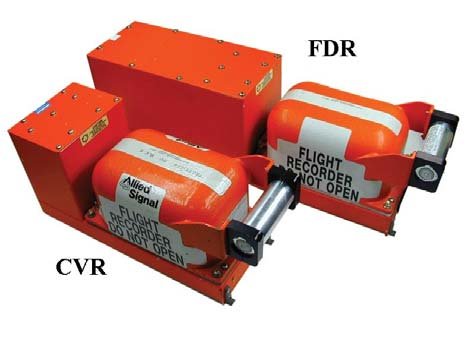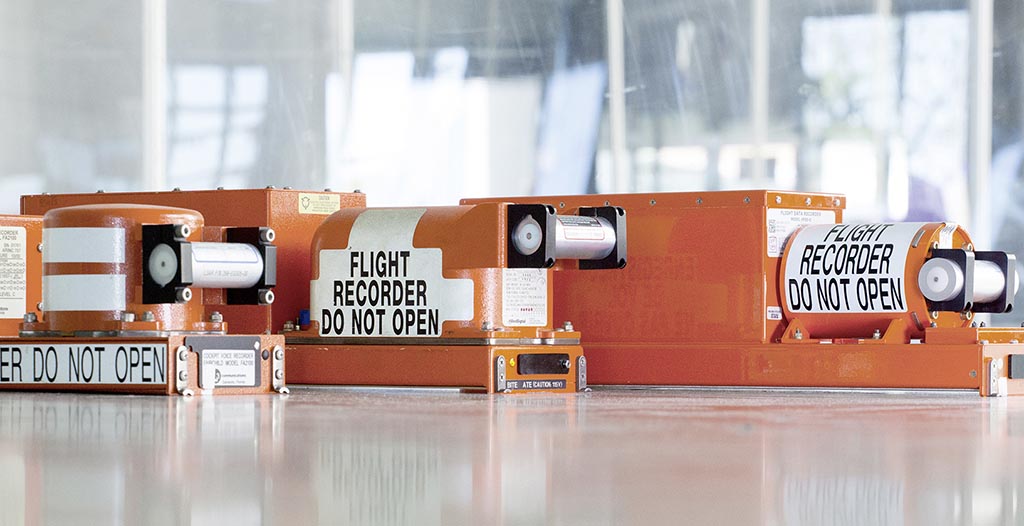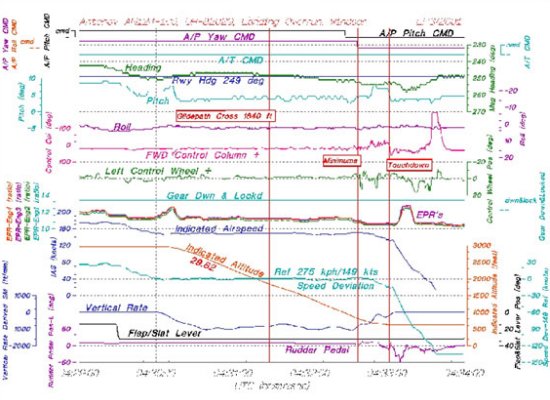Aircraft and Cockpit Communication
Skapinker, The Irish Times.
Aircraft to Flight Crew and Cockpit Communications
Digital Flight Recorders come in two forms: the flight data recorders, which record up to 25 hours of flight logistics, and the cockpit voice recorders, which records up to 2 hours of voice and audible sound. The cockpit recorder has a shorter cable distance, giving it an advantage of being less likely to be breached during an accident such as an in-flight fire. The black boxes at the tail of the plane, however, are more likely to survive an impact.
Flight data recorders are equipped with sensors to gather data on a total of 88 parameters, some of which include acceleration, airspeed, altitude, flap settings, outside temperature, engine performance, and cabin temperature and pressure.
Cockpit Voice Recorders report background noises, such as knocks, switches, or thuds, as well as verbal communications via the flight crew. There are different types of recorders depending on the aircraft. Deployable recorders are used specifically on helicopters and military aircrafts, and are ejected once an accident sequence begins. Combined recorders are the type used in commercial airlines, and are the cockpit voice recorders and flight data recorders all in one. There are also image recorders, which are not widely used due to privacy concerns.

The visual differences of FDRs to CVRs, Milosovski et al., Journal of Aircraft.

Black boxes and their variations in use today, Airbus.
What happens when a digital flight recorder is found?

Flight Data Recorder sample data of certain parameters, Aerospace Web.
DFRs are critical for communicating with analysts upon discovery. Investigators take the recorders to a lab where data is downloaded, and they can begin to piece together the events of an accident. The data is transferred from binary code into a more understandable form such as the graph shown above. While this process is strenuous and may take months to complete, understanding the chronological sequence of events that led to the accident, or the “why,” is critical in preventing further accidents and consequently making improvements to aviation across the globe.

An official from an air crash investigation agency explains the special black box computers, Reuters.